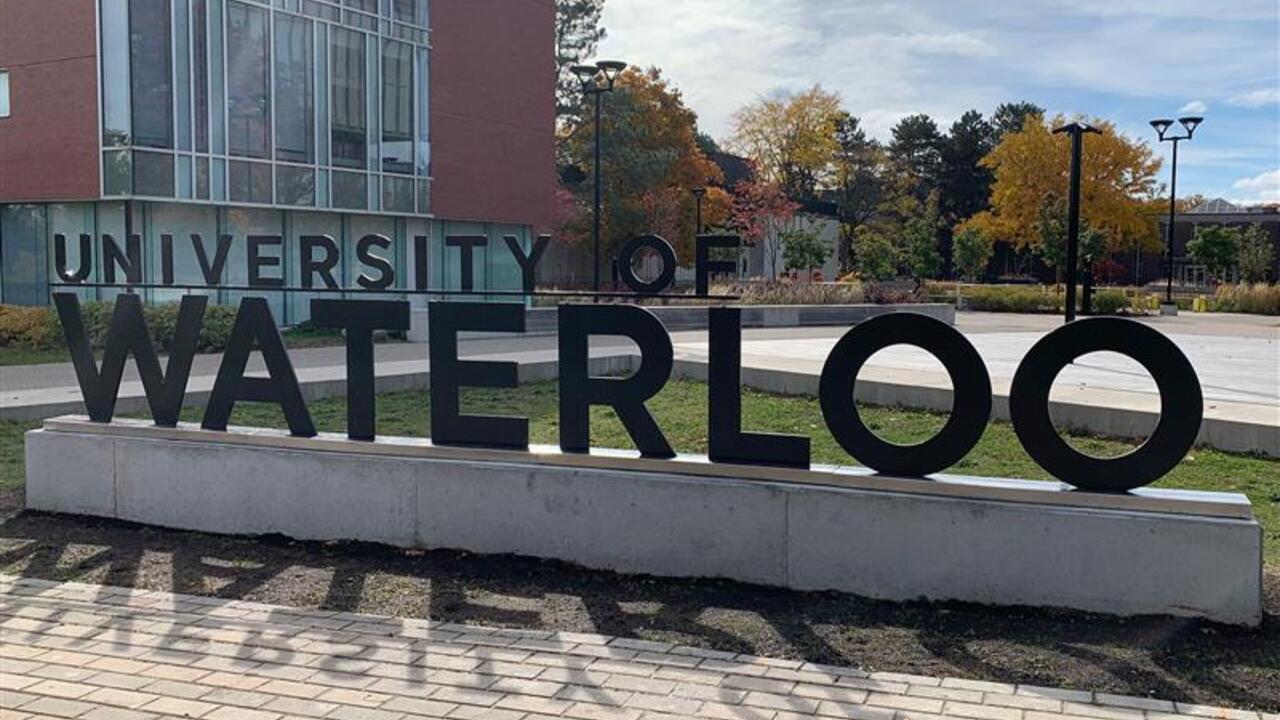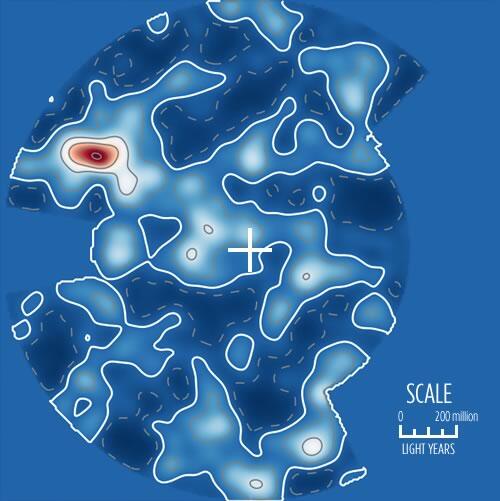
Astrophysicists draw most comprehensive map of the universe
Astrophysicists have created a 3D map of the universe that spans nearly two billion light years and is the most complete picture of our cosmic neighbourhood to date

Astrophysicists have created a 3D map of the universe that spans nearly two billion light years and is the most complete picture of our cosmic neighbourhood to date
By Media RelationsThe spherical map of galaxy superclusters will lead to a greater understanding of how matter is distributed in the universe and provide key insights into dark matter, one of physics’ greatest mysteries.
Professor Mike Hudson, Jonathan Carrick and Stephen Turnbull, of the Department of Physics and Astronomy at the University of Waterloo, and Guilhem Lavaux the Institute d’Astrophysique de Paris of the Centre national de la recherche scientifique of France, created the map. Professor Hudson is also an affiliate member of the Perimeter Institute for Theoretical Physics.
“The galaxy distribution isn’t uniform and has no pattern. It has peaks and valleys much like a mountain range. This is what we expect if the large-scale structure originates from quantum fluctuations in the early universe,” said Hudson, also associate dean of science, computing.
The map appears online in the peer-review journal, Monthly Notices of the Royal Astronomical Society, one of the world’s leading primary research journals for astronomy and astrophysics.
 A slice through the 3D map of the nearby universe. Our Milky Way galaxy is in the centre, marked by a cross. The map spans nearly two billion light years from side to side. Regions with many galaxies are shown in white or red, whereas regions with fewer galaxies are dark blue.
A slice through the 3D map of the nearby universe. Our Milky Way galaxy is in the centre, marked by a cross. The map spans nearly two billion light years from side to side. Regions with many galaxies are shown in white or red, whereas regions with fewer galaxies are dark blue.
The lighter blue and white areas on the map represent greater concentrations of galaxies. The red area is the supercluster called the Shapley Concentration, the largest collection of galaxies in the nearby universe. Unexplored areas appear in medium blue.
Knowing the location and motion of matter in the universe will help astrophysicists predict the universe’s expansion and identify where and how much dark matter exists.
Scientists have observed that galaxies move differently because the universe's expansion is not even. These differences are called peculiar velocities. Our own Milky Way galaxy and its neighbour Andromeda are moving with a speed of 2 million kilometres per hour.
Previous models haven’t fully accounted for this observed motion. Hudson and his team are interested in discovering what structures are responsible for the peculiar velocities.
These deviations in the motion of galaxies are a valuable tool to determine the distribution of matter and dark matter on the largest scales.
Dark matter accounts for a large majority of the mass content in the universe. It is a hypothesized form of matter particle that does not reflect or emit light and as a result it can’t be seen or measured directly. The existence and properties of dark matter can only be inferred indirectly through its gravitational effects on visible matter and light.
“A better understanding of dark matter is central to understanding the formation of galaxies and the structures they live in, such as galaxy clusters, superclusters and voids,” said Hudson.
The next step will involve getting more detailed samples of peculiar velocities to enhance the map, in collaboration with researchers in Australia.

Read more
Waterloo research is leading the fight against an invasive plant threatening Ontario wetlands

Read more
Wastewater monitoring indicates early upward trends in COVID-19 and Influenza

Read more
The InnoHK Centre for Eye and Vision Research aims to bring eye and vision research to market through Waterloo-Hong Kong partnership
The University of Waterloo acknowledges that much of our work takes place on the traditional territory of the Neutral, Anishinaabeg, and Haudenosaunee peoples. Our main campus is situated on the Haldimand Tract, the land granted to the Six Nations that includes six miles on each side of the Grand River. Our active work toward reconciliation takes place across our campuses through research, learning, teaching, and community building, and is co-ordinated within the Office of Indigenous Relations.